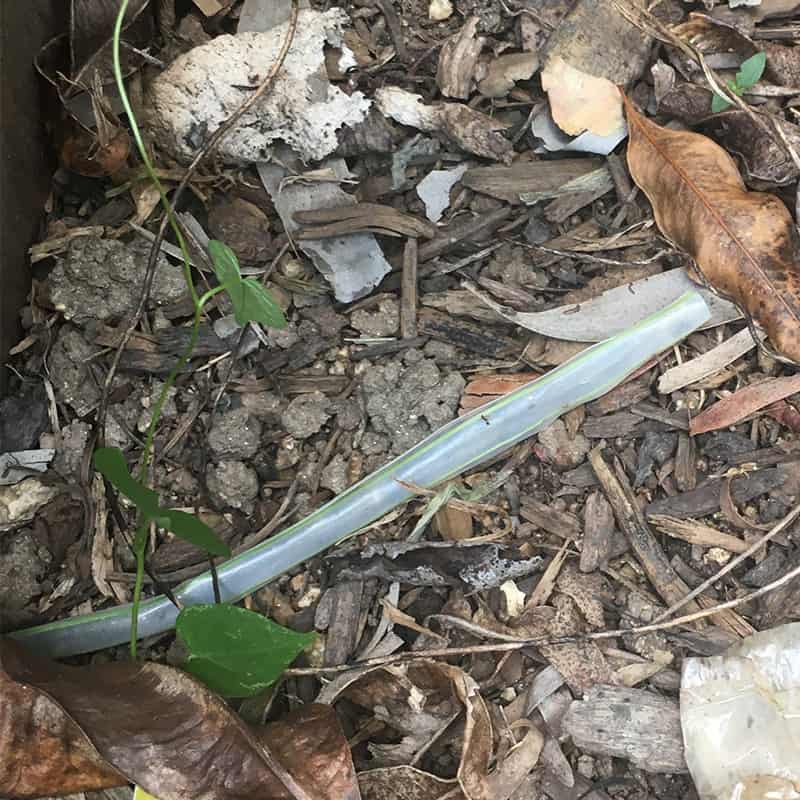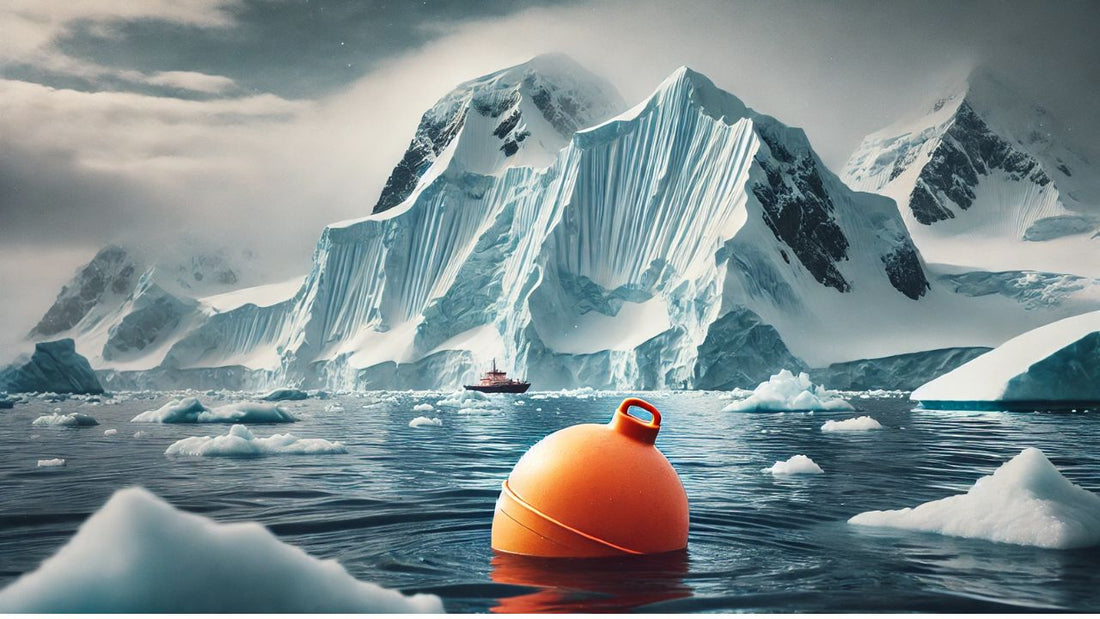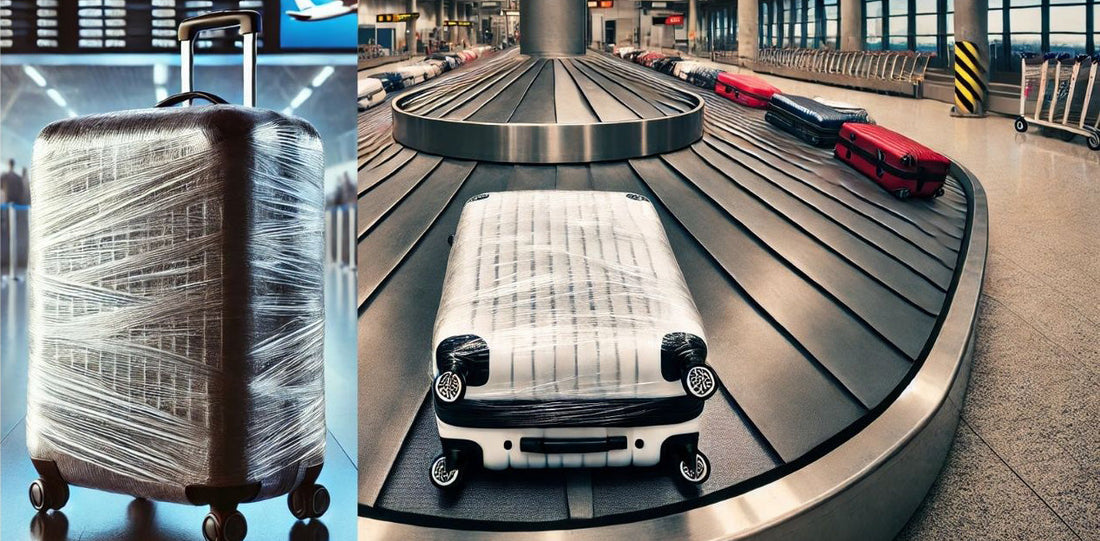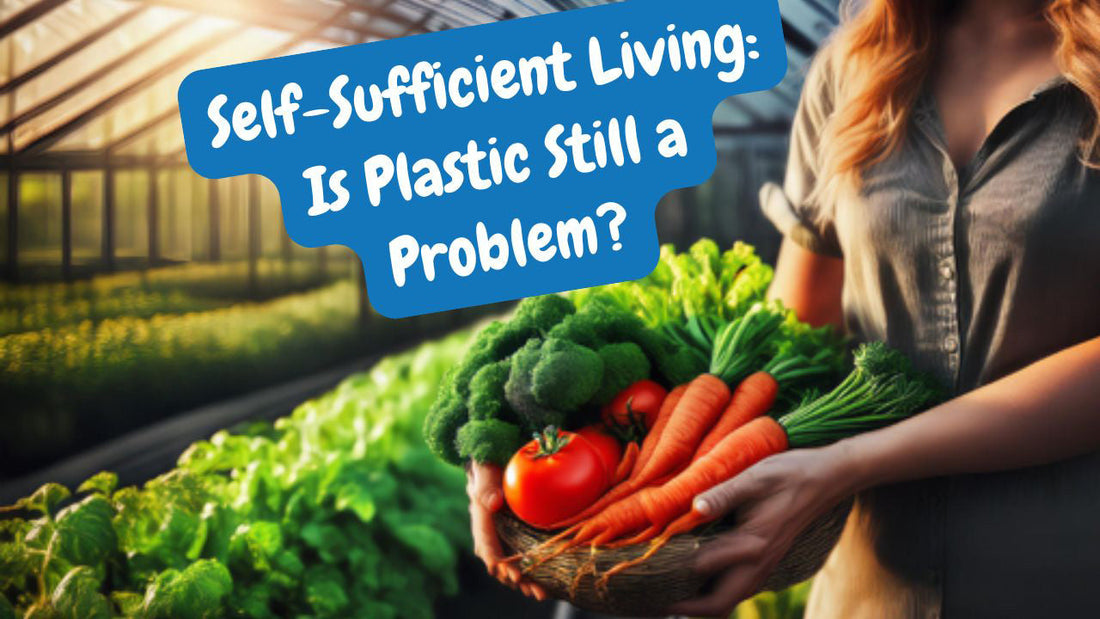We put compostable straws to the test.
Several years ago there wasn’t a lot of noise about how devastating plastic straws were for the environment. This all changed when a video of a turtle with a plastic straw stuck up its nostril made its rounds on social media. People started paying attention, and those who had been campaigning about straws for years prior, finally had thousands of vocal allies.
Straws are a staple behind almost every bar and restaurant you visit, with bartenders happily placing straws in every
drink that crosses their bar. It’s an automatic motion, drink=straw.
While it’s been great to see plastic straws being replaced with more environmentally friendly options, there are still a few misconceptions about what constitutes an environmentally friendly straw.
When visiting my local beachside cafe* I noticed they’d switched their plastic straws to a new “compostable” straw. While this was well intentioned—these compostable straws really were not much different then their plastic counterparts.
* Like many food outlets in the Cairns region this beachside bar and restaurant has now switched to paper straws.
When people say their compostable plastic item is “environmentally friendly, because it’s compostable,” my reply is always: “that’s great, but are you going to compost it?”
Compostable straws, and other compostable plastics won’t compost themselves, and the majority of them require industrial composting in order to break down.
Furthermore, most industrial facilities don't accept compostable plastics as they take too long to break down. Therefore, I knew these compostable straws were headed to the same place as regular plastic straws — off to landfill.
Although the outside of the box of compostable straws at the above mentioned bar clearly stated “industrial composting,” we decided to see how it would fair in a backyard compost.
We do live in Far North Queensland after all, and it’s been pretty darn hot for the last few months, so surely our compost heap gets hot enough to break down a compostable straw!
The compostable straw experiment
[Experiment findings starting June 16, 2018]

|
 |
 |
| 16 June, 2018 | 25 Aug, 2018 | 4 Jan, 2018 |
A few months after placing the compostable straw in our home compost pile, we were digging around, preparing to add a fresh load of compostable waste to the area. We then found the compostable straw straw that had been taken from the restaurant and placed into the compost pile a few months prior.
As you can see (June 16, 2018) the straw is perfectly intact. So much so that you could still drink from it, (we didn’t). The straw was then placed back in the pile. We checked back in a few months to see if it had started to break down.
After digging up the compost there it was again, perfectly intact. We decided to give up on the compost experiment. After several months, of composting the straw had not changed its structure one bit. We noted that an "industrial compost" straw does not easily break down in a home compost — not even in the hot tropics.
25 August, 2018, we placed the compostable straw in our “bio test patch,” to watch it break down in a natural environment. The idea of the bio test patch is to replicate someone “accidentally” throwing it on the ground (or littering). Where we would monitor it and watch its progress (test results below).
What can we learn from these experiments?
Many people's (mis)understanding of compostable or biodegradable plastics is that they won't cause any environmental harm should they "accidentally" end up in nature or in landfill, as they will simply break down eventually.
- The fact is these items will exist far longer in the environment than most people would assume.
- Not all straws are equal. If you’re a restauranteur or bar owner, don’t get “sucked in” by the greenwash. Compostable straws won’t compost unless you place them in a compost, and in a lot of cases they will need to be industrially composted.
- The best option is to choose a reusable straw or no straw at all!
If a straw is required for medical purposes, then make the best choice that is right for your situation. If you simply prefer to sip on a straw rather than use your lips, then choose a paper straw or a reusable straw. That way you can happily sip away knowing that your straw isn't going to end up lodged in the nostril of a turtle.
[update January 6, 2020]

|
 |
 |
| 16 Jan, 2020 | 18 Feb, 2020 | 8 June, 220 |
We waited and watched. Initially the straw started to split apart.
Many months later we noticed the straw had started to break down into strips.
While it's great to see that the straw is eventually starting to break down, it's now been two years since the experiment began, and it still hasn't fully broken down.
[update April 18, 2021]

Almost three years have passed since we first started testing and we are happy to see . . . the straw is almost a straw no more!
Three years is a better result than expected! However, it should be noted that this straw was left in an area that is fully exposed to the Far North Queensland elements. The bio-test patch is in full sunlight for most of the day and is fully exposed to (heavy tropical) rain. Both of these factors can aid in a faster biodegradability process than other environments.
It also (fortunately) did not make its way to a drain that leads to the ocean or a nearby creek. Had the straw been placed in seawater for a period of three years I expect we would have seen different results — likely being no degradation at all.
The straw is not completely broken down yet, we'll be back with an update once it truly is a "straw no more".





